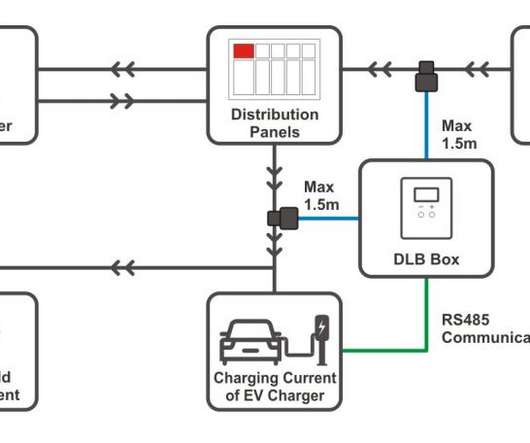CMU study finds that HEVs and PHEVs with small battery packs offer more emissions and oil displacement benefits per dollar spent than large pack PHEVs and BEVs; policy implications
Green Car Congress
SEPTEMBER 27, 2011
Strategies to promote adoption of hybrid electric vehicles (HEVs) and plug-in hybrid electric vehicles (PHEVs) with small battery packs offer more social benefits (i.e., We compare externality and oil consumption costs to the costs of owning and operating these vehicles and to subsidies designed to encourage their adoption.



















Let's personalize your content